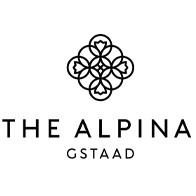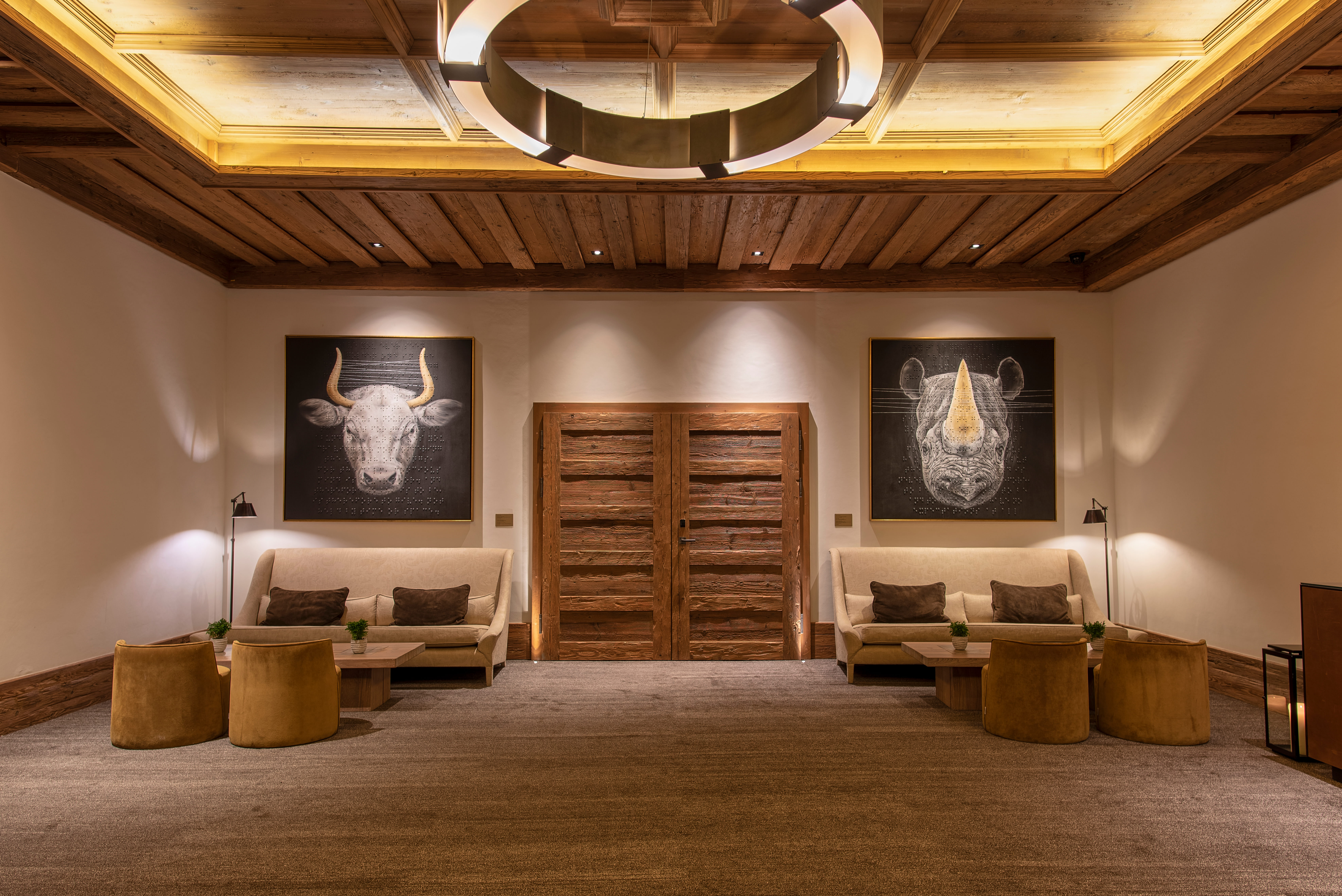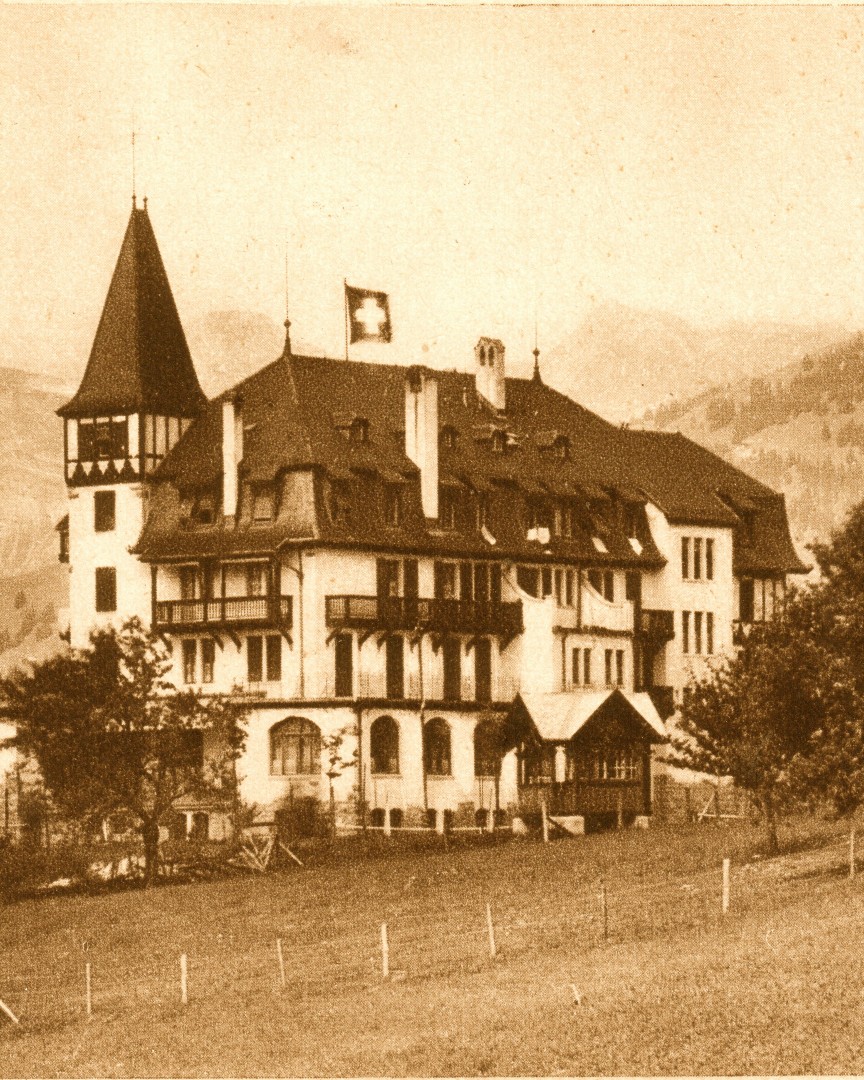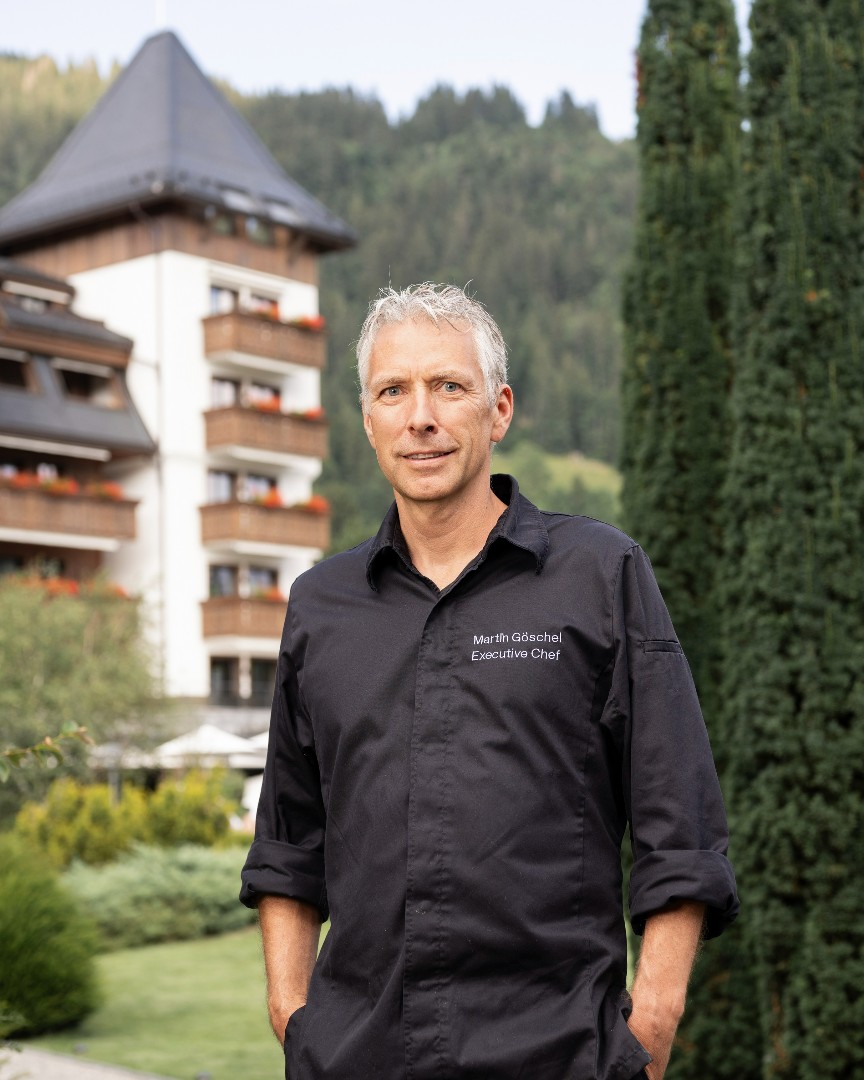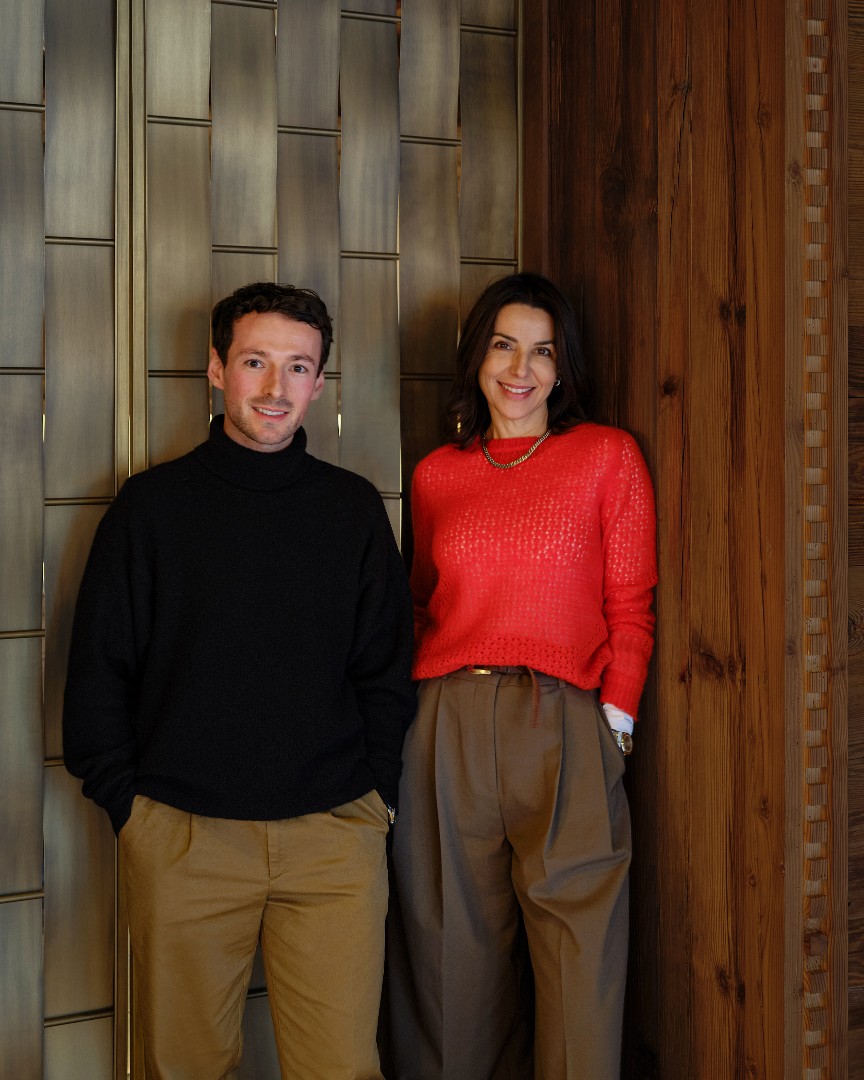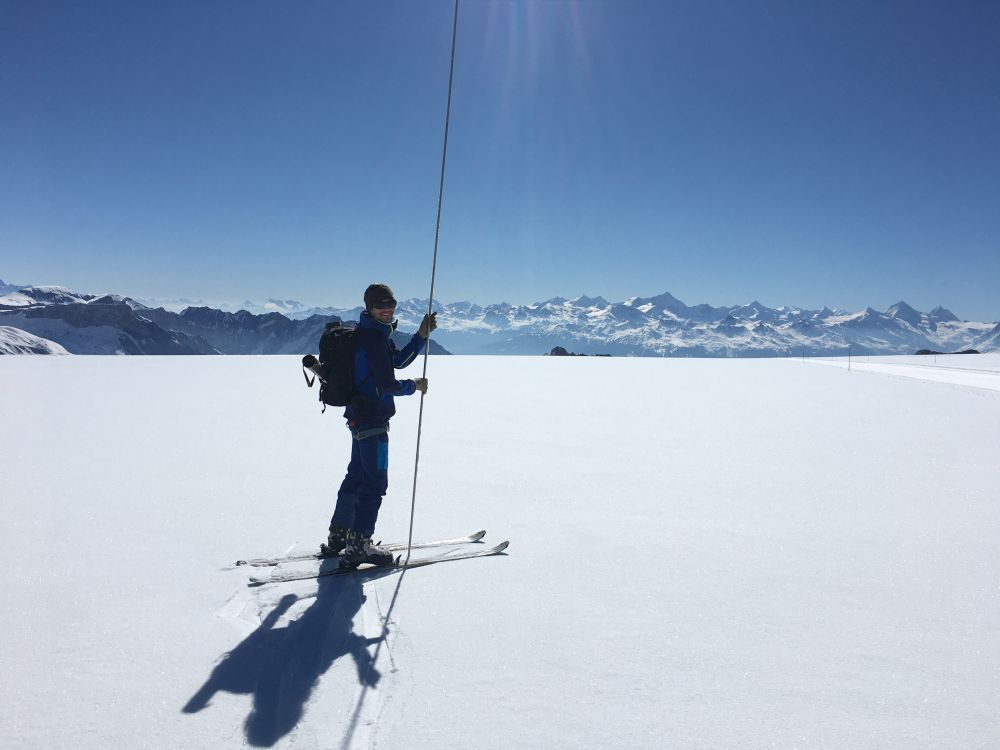 All Articles
Art & Culture
Fashion & Beauty
Gastronomy
Hotel
Interview
Philosophy
Tourism
Well-being
All Articles
Art & Culture
Fashion & Beauty
Gastronomy
Hotel
Interview
Philosophy
Tourism
Well-being
 Architecture
Design
Fashion
Gastronomy
Real Estate
Architecture
Design
Fashion
Gastronomy
Real Estate

In 2021, 61.5% of Switzerland's domestic electricity came from 682 hydropower plants, 28.9% from nuclear energy. But that same year, Swiss Alpine glaciers lost over 6% of their mass with meltwater overflowing from dams and going to waste.
In 2022, Switzerland's second hottest summer since 1864 saw lakes and rivers at record lows. All compounded by gas exports cut off by Russia, 50% of France's nuclear plants shut down for maintenance, extreme drought affecting half of Europe. The Swiss government's plans to avert shortages include an energy savings programme, raising hydropower reserves, and building 15 major new hydro plants.
On the bright side, official climate scenarios foresee a stable supply of "blue gold" with increased winter rainfall compensating for losses in summer. In Saanenland, the positive impact of hydropower, both social and economic, is felt by over 8,000 households receiving about 40 GWh of clean, renewable energy per year from the Sanetsch hydropower plant, and 1,000 more homes supplied by the small plant in Lauenen.
In summer, take the cable car from Gsteig to the Sanetsch reservoir and its dam, or stroll along the Saane or Louibach rivers to check their rates of flow.
To reach the reception, ask the concierge or make a reservation click on the bell!

